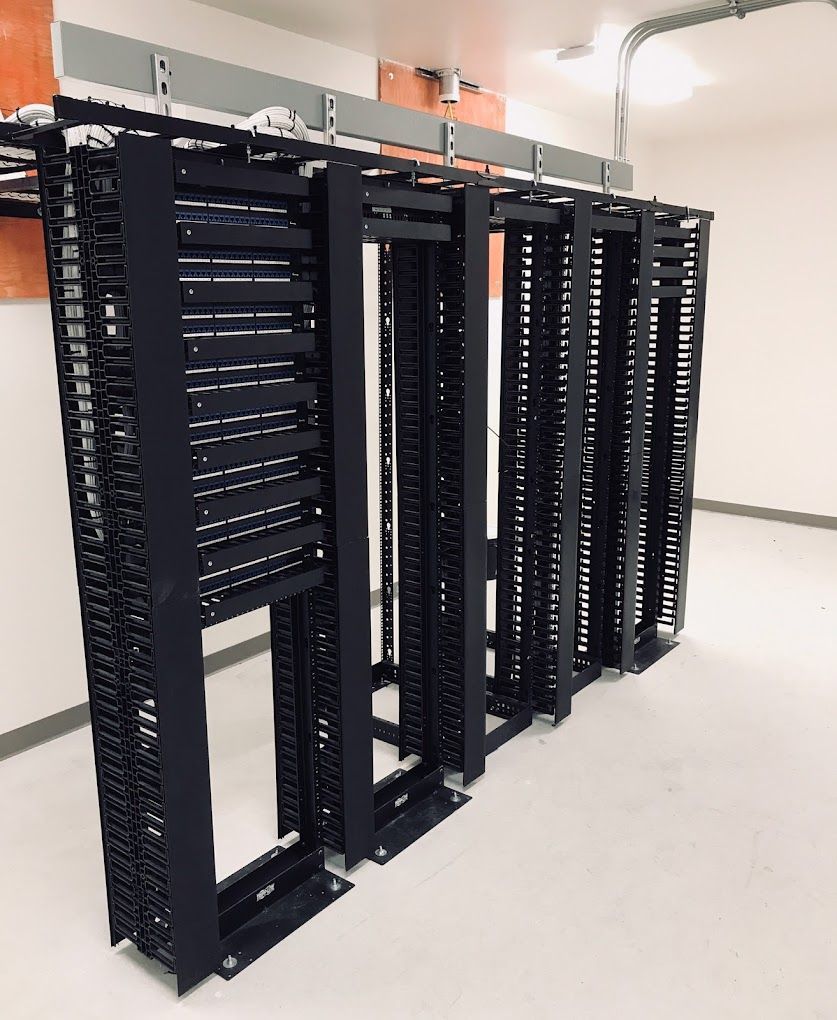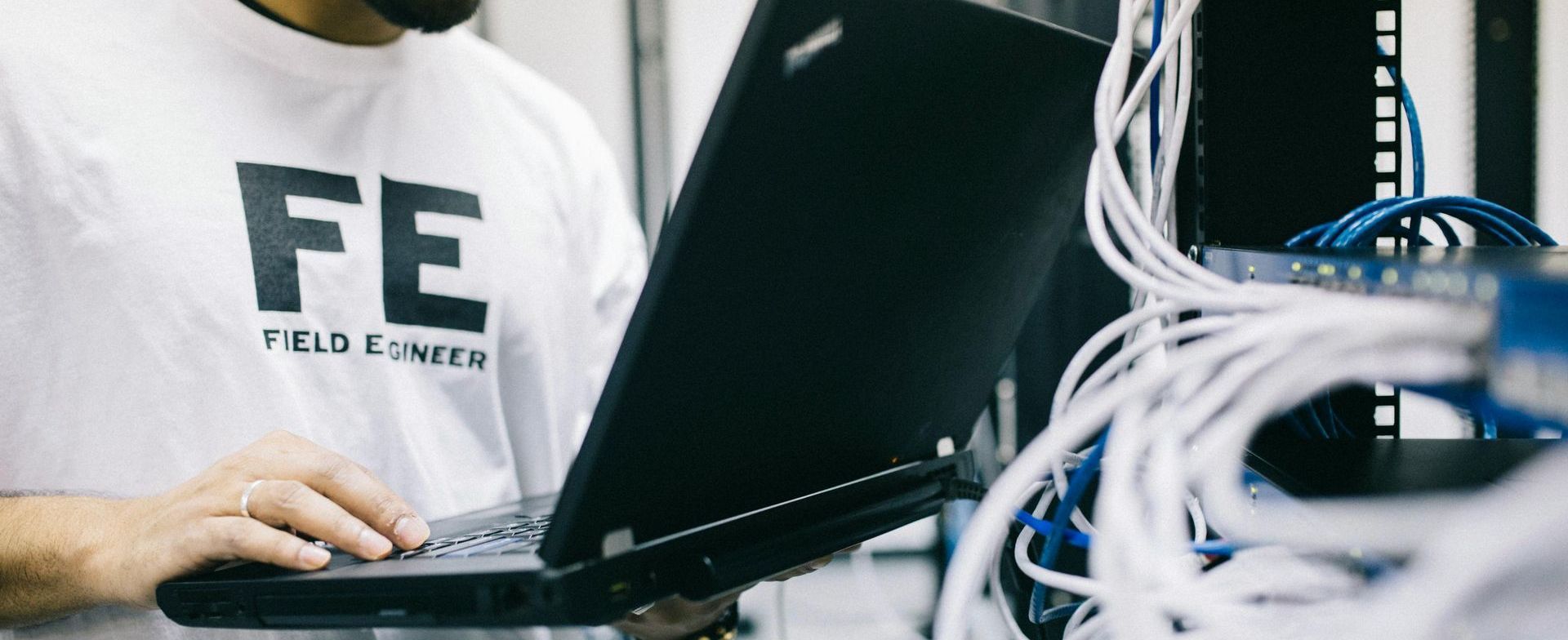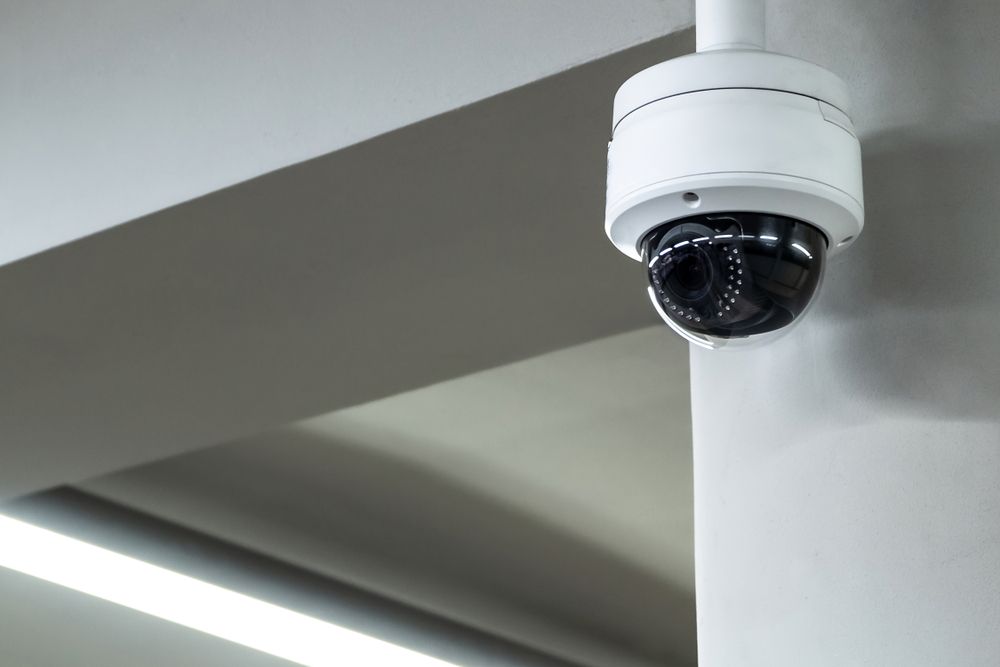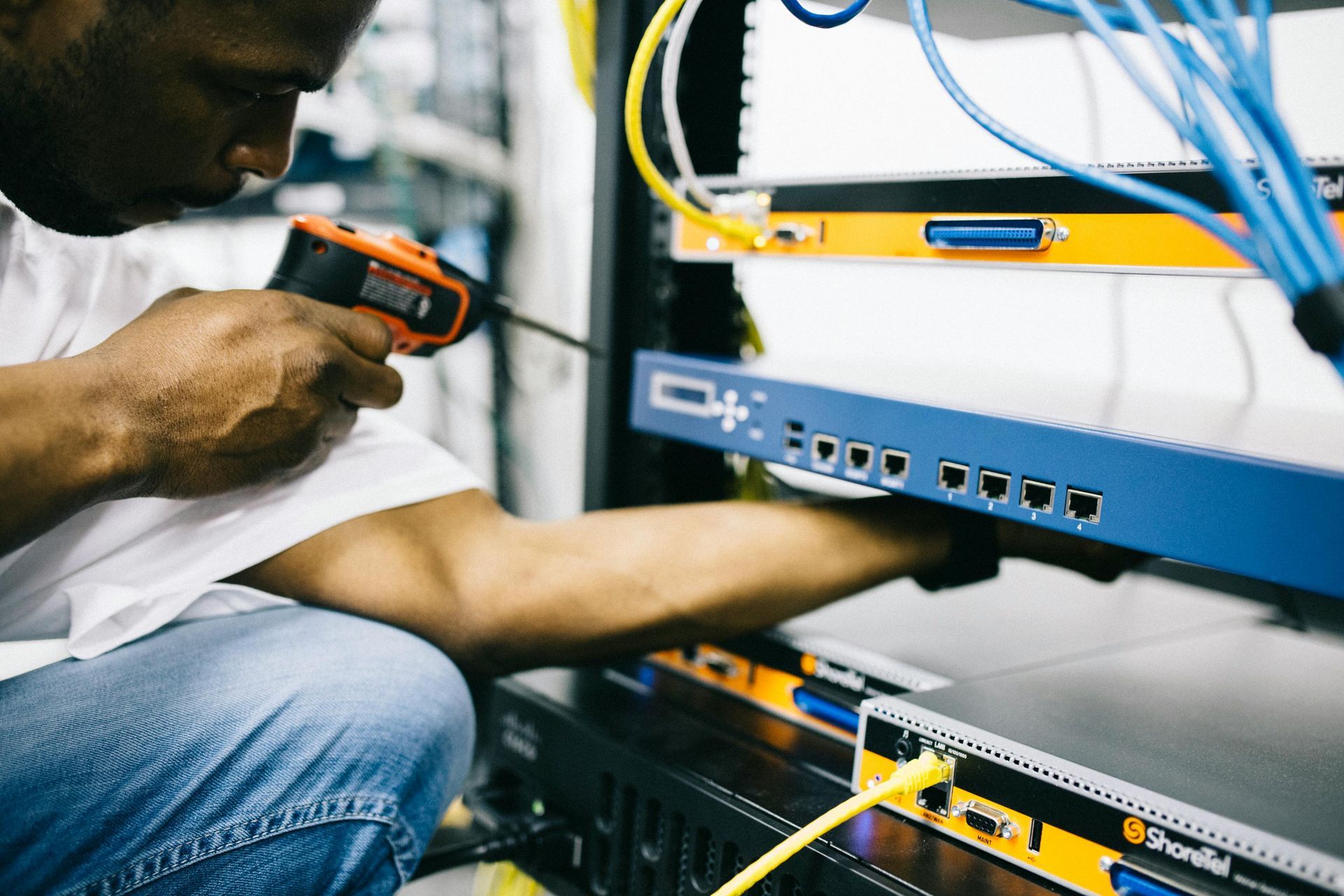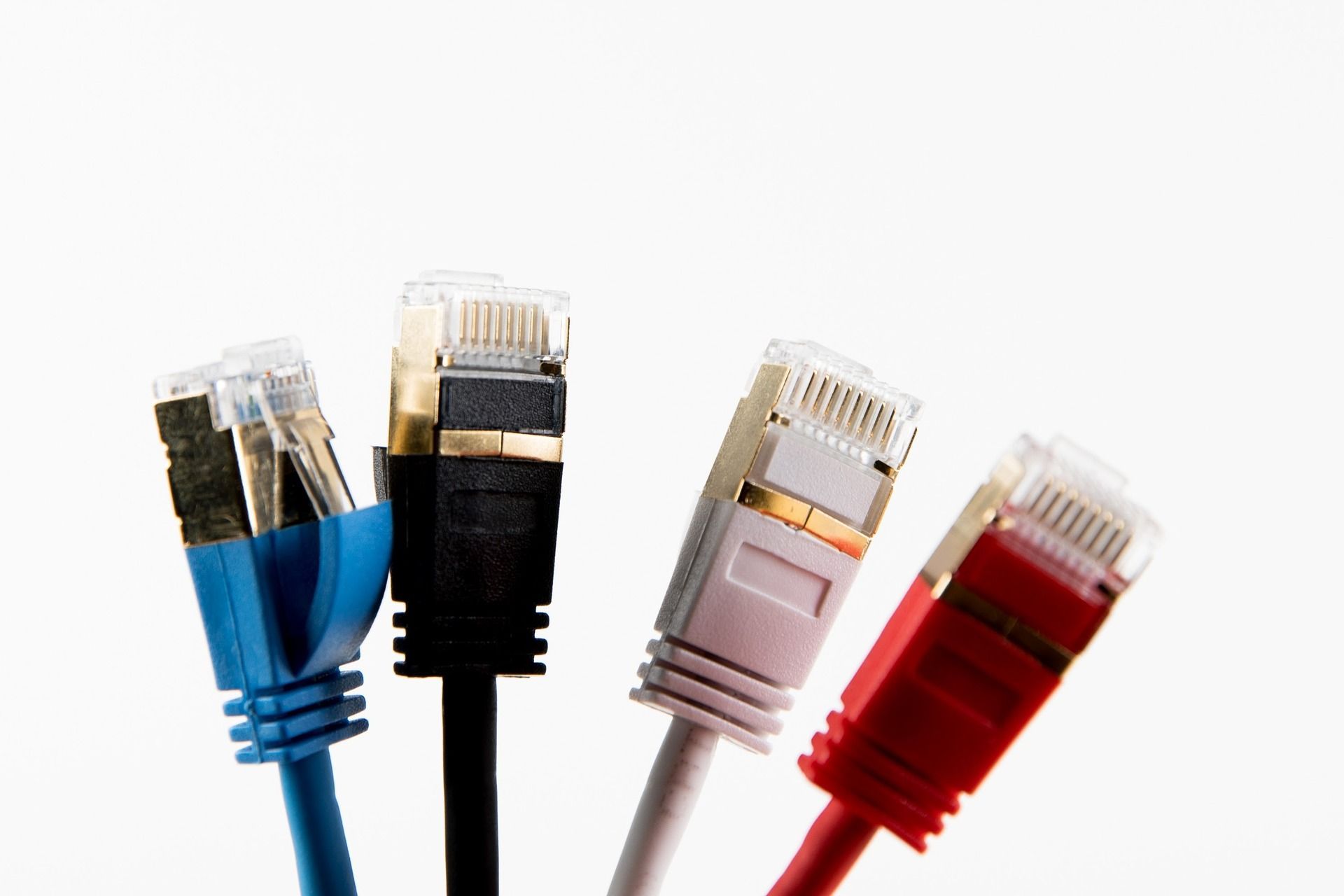Single-Mode Fiber Optics: Unlocking High-Speed Data Transmission
What is Single-Mode Fiber Optics?
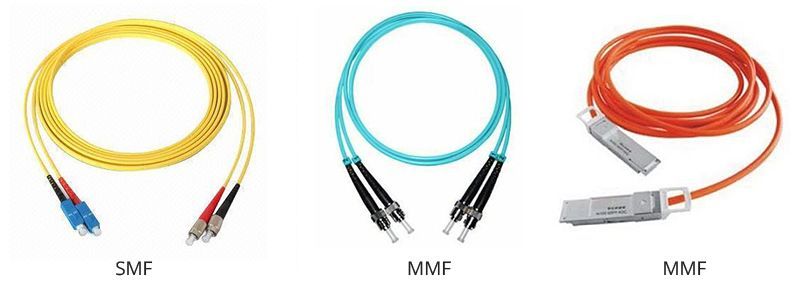
Single-mode fiber optics (SMF) are at the forefront of modern telecommunications, enabling unparalleled data transmission over long distances with minimal signal degradation. Here’s a closer look at why SMF is a game-changer in the world of fiber optics:
Benefits of Single-Mode Fiber Optics:
High Bandwidth: SMF supports higher bandwidths compared to multi-mode fiber optics (MMF), making it ideal for applications requiring long-distance data transmission at high speeds.
Low Signal Attenuation: With a smaller core size (typically 9 microns), SMF minimizes signal loss and dispersion, ensuring reliable communication over extended distances.
Long Reach: SMF can transmit data over distances exceeding tens of kilometers without the need for signal regeneration, making it suitable for telecommunications networks and backbone infrastructure.
Applications of Single-Mode Fiber Optics:
Telecommunications Networks: Used in long-haul networks for transmitting voice, data, and video signals over vast distances with high reliability and performance.
Data Centers: Ideal for connecting servers, storage area networks (SANs), and high-performance computing systems due to its high bandwidth and low latency characteristics.
Internet Service Providers (ISPs): SMF is deployed by ISPs to deliver high-speed broadband services to residential and business customers over fiber-to-the-home (FTTH) and fiber-to-the-premises (FTTP) networks.
Future Outlook:
As technology continues to advance, the demand for higher data speeds and increased bandwidth will drive further adoption of single-mode fiber optics. Investing in SMF infrastructure ensures scalable and future-proof connectivity solutions for businesses and telecommunications providers alike.
Stay tuned for more insights on how single-mode fiber optics is shaping the future of global communications. For inquiries or to explore how SMF can enhance your network infrastructure, contact us at [Insert Your Contact Information].

Access Cabling & Security Copyright © 2023 All Rights Reserved | 1840 Gateway Drive San Mateo, CA 94404

